I stood on a sunlit hill in Athens, staring at the Acropolis with a mix of awe and curiosity. This wasn’t just a pile of marble ruins—it felt alive, like the stones were holding onto memories from another age.
What really caught me off guard was how the Acropolis shared its story, not through flashy signs or loud narrators, but in these subtle, quiet details most people probably miss.
As I wandered between the Parthenon’s columns, the sound of birds overhead and the city humming below, I started to spot these tiny clues. Cracks in the marble, the way light slid across the stones at sunset, carvings tucked away in the shadows—they all seemed to whisper bits of Athens’ long life.
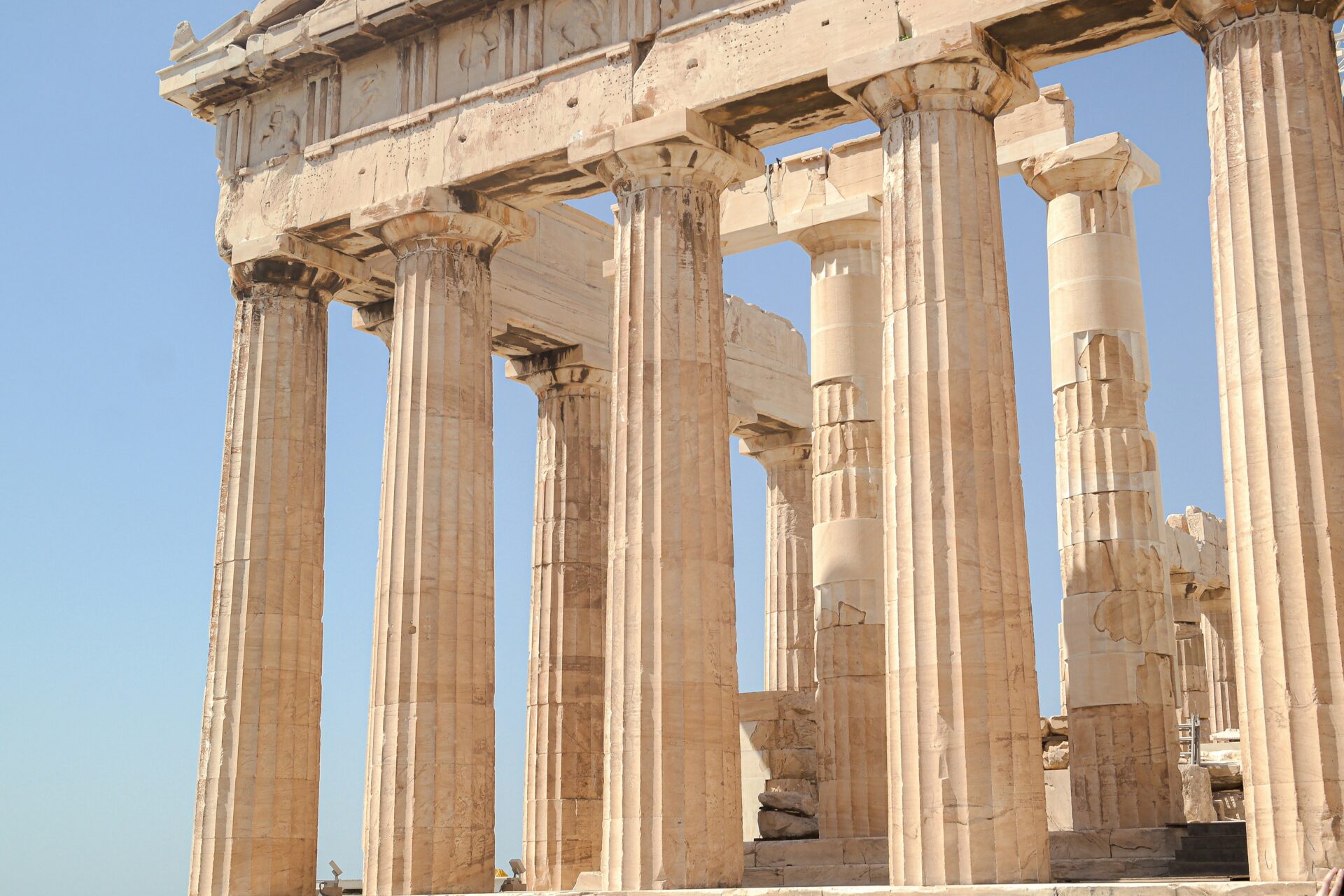
That visit flipped the way I see ancient sites. Every moment at the Acropolis seemed to teach me something—not just about old times, but about really looking at a place, and letting it change you.
Standing on Ancient Marble: My First Impressions of the Acropolis
Bright marble stretched out under my feet, glowing in the hot Athenian sun. I felt centuries pressing into every worn stone, and realized this place shaped the very heart of ancient Greece.
Approaching the Propylaea: Gateways to History
I climbed the steps toward the Propylaea, the grand entrance to the Acropolis. The smooth, white marble had been worn down by endless footsteps—tourists, scholars, maybe Athenians themselves.
The gateway’s size and symmetry left me feeling small, but also oddly connected to all those who’d come before. Standing there, I could almost hear echoes—the city buzzing just beyond these gates.
The strong columns kept watch, silent but steady, as visitors filed through like they have for over two thousand years. I pictured philosophers, guards, and regular folks passing by, each with their own purpose but all drawn together by Athens.
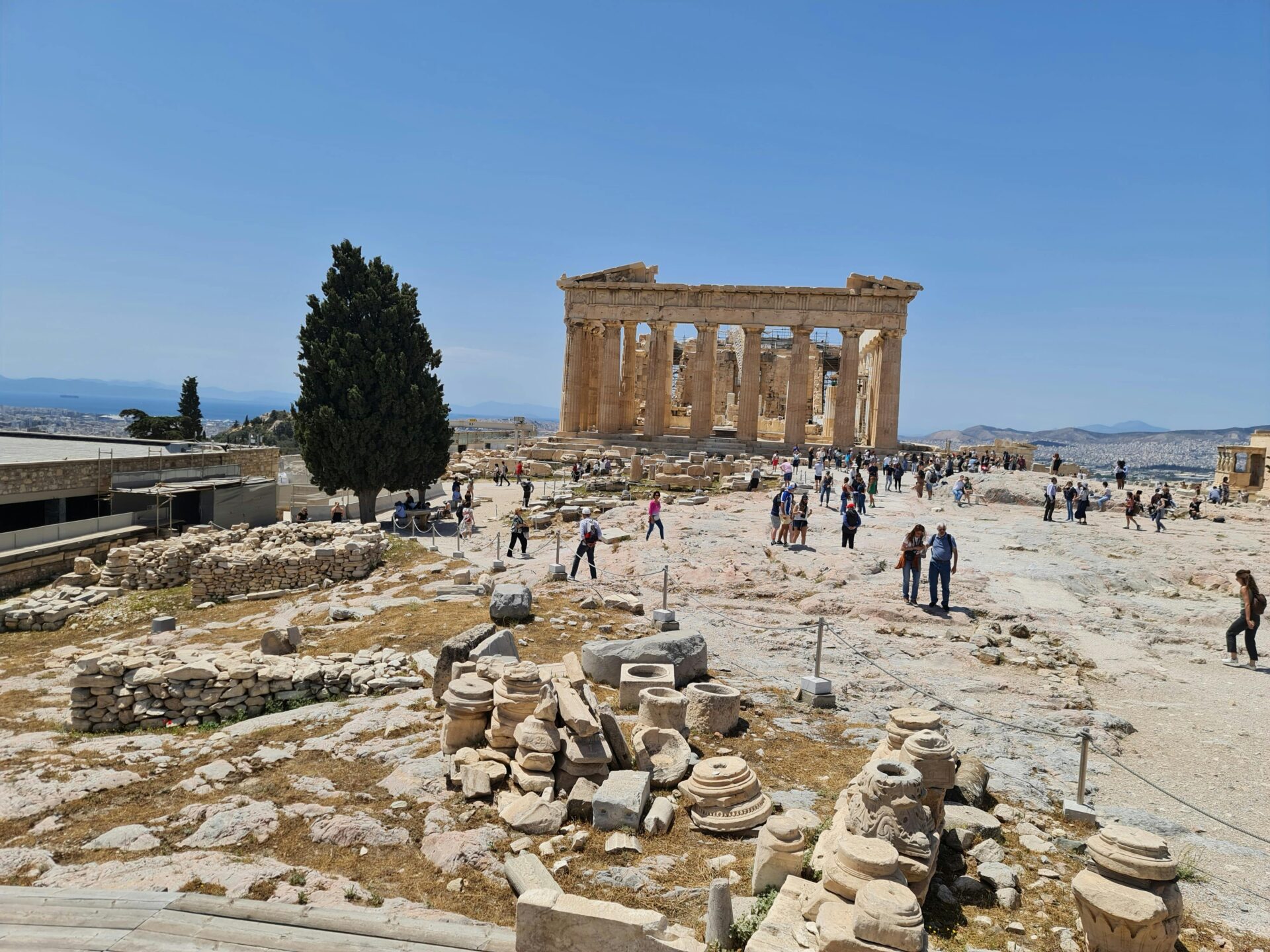
The Propylaea isn’t just an entrance; it’s a dividing line between myth and reality, everyday life and a space for gods and ideas. If you visit, take a second to run your hand across the marble. And trust me—wear sturdy shoes. The marble’s slick from millions of feet.
Feeling the Echoes of Democracy Amid Ruins
At the top, the ruins spread out across the hill. Pillars and foundations stretch as far as you can see, reminders of when Athens led the ancient world.
Between the broken stones and statues, I could feel the spirit of early democracy. From this spot, Athenians once argued laws and shaped their city’s future.
Standing where the Parthenon towers over the city, I looked down at modern Athens and tried to imagine the voices of regular people gathering here—not just the famous names, but everyday citizens making big decisions.
This place marks the birthplace of democracy, where power shifted from kings to the people. The crumbling marble and the ideas that still survive really hit me.
Here, among the ruins, you can actually sense the principles and even the arguments that built Ancient Greece. Take a quiet moment to let those echoes settle in. It’s worth it.
Whispers from the Stones: Stories Infused in the Parthenon
Walking under the Parthenon’s towering columns, I felt echoes that spanned centuries. Each stone seemed to hold the voices of leaders, artists, and regular Athenians who shaped not just their city, but Western history.
Phidias and Pericles: The Geniuses Who Shaped the Temple
The Parthenon stands as a masterpiece thanks to two visionaries: Pericles, the great Athenian leader, and Phidias, the master sculptor. Pericles dreamed up the temple to honor Athena and show Athens’ strength after the Persian Wars. He picked Phidias to make it real.
Phidias did more than just carve marble. His designs set the standard for all Greek temples. He led craftsmen to create sculptures and proportions that made the Parthenon look flawless—even though, surprisingly, nothing is perfectly straight or uniform.
This clever “optical illusion” makes the temple seem almost too perfect. The fact that people—not gods—built something so precise in the fifth century BCE honestly blows my mind.
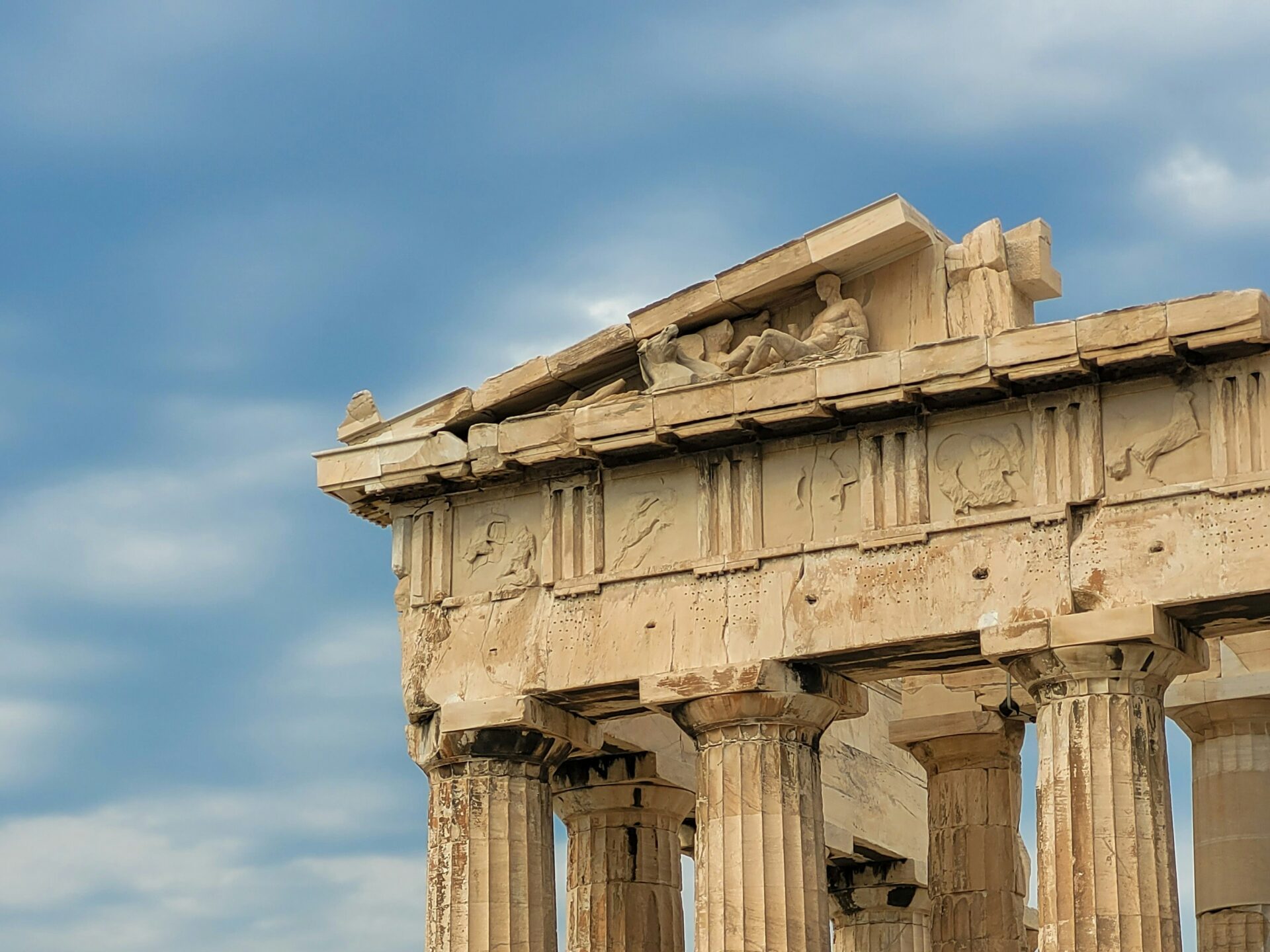
Fun fact: Phidias probably supervised the massive statue of Athena inside, covered in gold and ivory. Standing where he worked, I could almost feel the pride and nerves he must have had.
Sculpted Narratives: Ancient Greeks and Mythology
Everywhere I looked, the Parthenon’s sculptures told their own stories. The frieze, metopes, and pediments overflow with scenes from Greek mythology.
Gods, heroes, and legendary battles are carved deep into the marble—so vividly, you half-expect them to step out and start talking. I paused in front of the battle between Greeks and centaurs, amazed at the energy frozen in stone.
These weren’t just decorations; they taught Athenians about bravery, justice, and their place in the world. For travelers, they offer a direct link to a culture that loved both beauty and wisdom.
If you’re into mythology or art history, take your time here. Seriously, bring a guidebook or use an audio tour to figure out each scene. The details in the architrave and around the columns feel like little secrets, waiting for someone curious enough to find them.
The Cella: Heartbeat of the Parthenon
Deep inside the Parthenon stood the cella, the sacred chamber at its heart. This was where a massive statue of Athena once towered nearly 40 feet high.
Unlike the open colonnades, the cella felt private and silent, made for powerful rituals. I stood outside what’s left of its walls and tried to picture priests and chosen citizens entering, bringing offerings for Athena.
The cella protected the city’s treasures, including tribute from the Athenian empire. Learning about it made me realize the Parthenon wasn’t just a monument—it was alive, pulsing with meaning and ceremony.
Tip for travelers: You can still see the cella’s outline today. Look between the columns and try to imagine its lost grandeur. Once you get this part, the whole site feels different.
More Than Architecture: The Community and Culture of Ancient Athens
As I wandered through the Acropolis, I felt more than just the echo of chisels. The stories here go beyond monuments—they’re about people.
Arguments, songs, festivals, passionate thinkers—they all still hum through every stone.
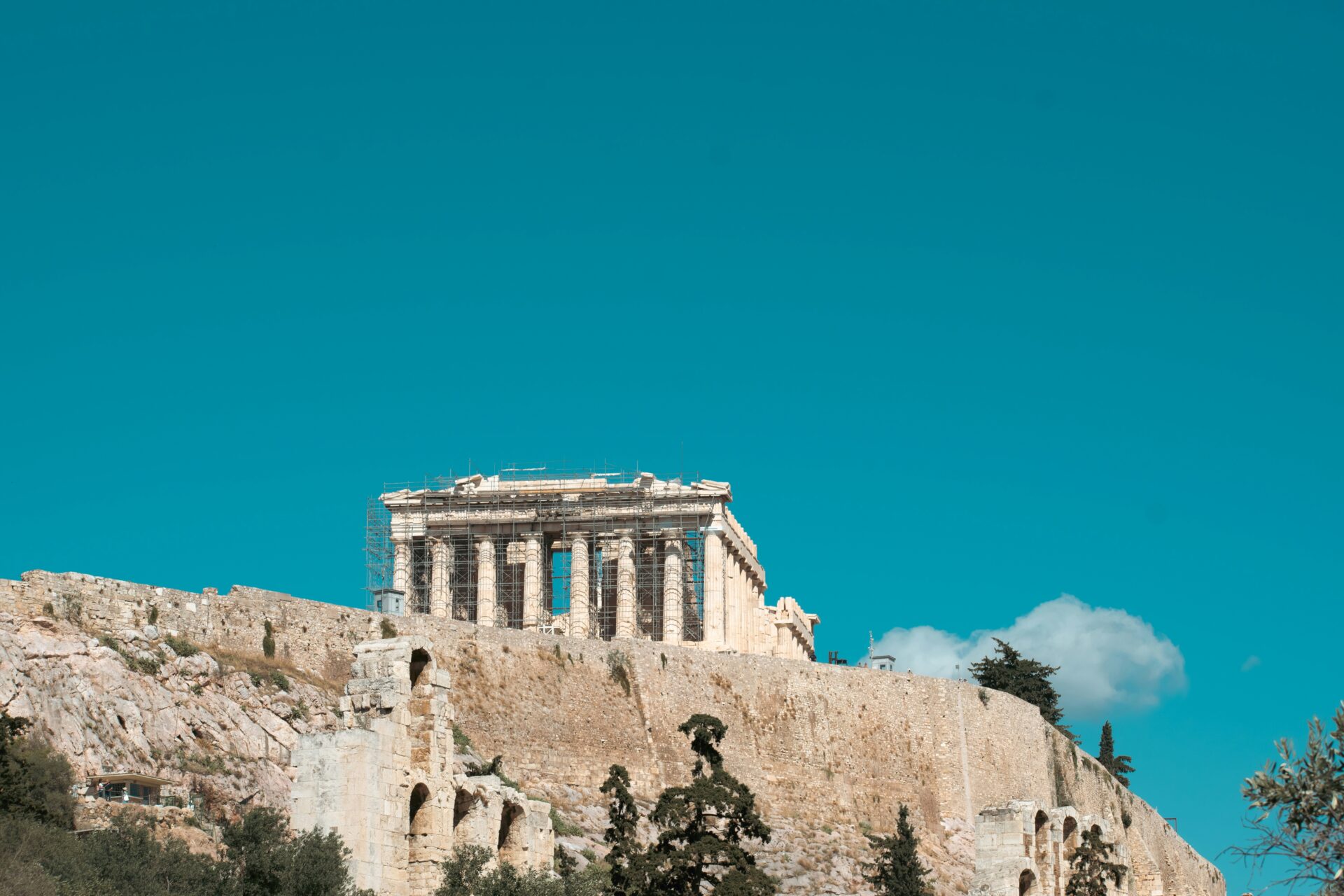
Friends, Enemies, and the Everyday Athenians
Behind every famous leader or philosopher, thousands of regular Athenians lived their lives. I pictured merchants selling olives near the Acropolis, friends gossiping by fountains, and rivals debating in the Agora.
Democracy wasn’t just for the powerful; neighbors, friends, and even enemies shaped it. Athenians gathered to vote, argue, and hash out city issues.
Everyone from politicians like Demosthenes to fishermen had a say. The debates could get loud, or sometimes surprisingly calm.
I kind of love imagining myself eavesdropping on these heated discussions, echoing off stone walls as the city invented democracy.
Athens mixed personal grudges with city politics, but somehow the community held together. They took pride in their strange blend of freedom and responsibility.
Drama, Poetry, and Philosophy in the Shadow of Marble
Under the marble columns, creativity thrived. Poets, musicians, and playwrights were as celebrated as politicians.
Greek theaters hosted tragedies and comedies from writers like Sophocles and Aristophanes. I pictured crowds laughing or crying, swept away by stories of love, war, and gods.
Philosophers like Plato and Aristotle walked these grounds, debating justice, the good life, and other big questions. Their conversations echoed from the Acropolis to city squares far away.
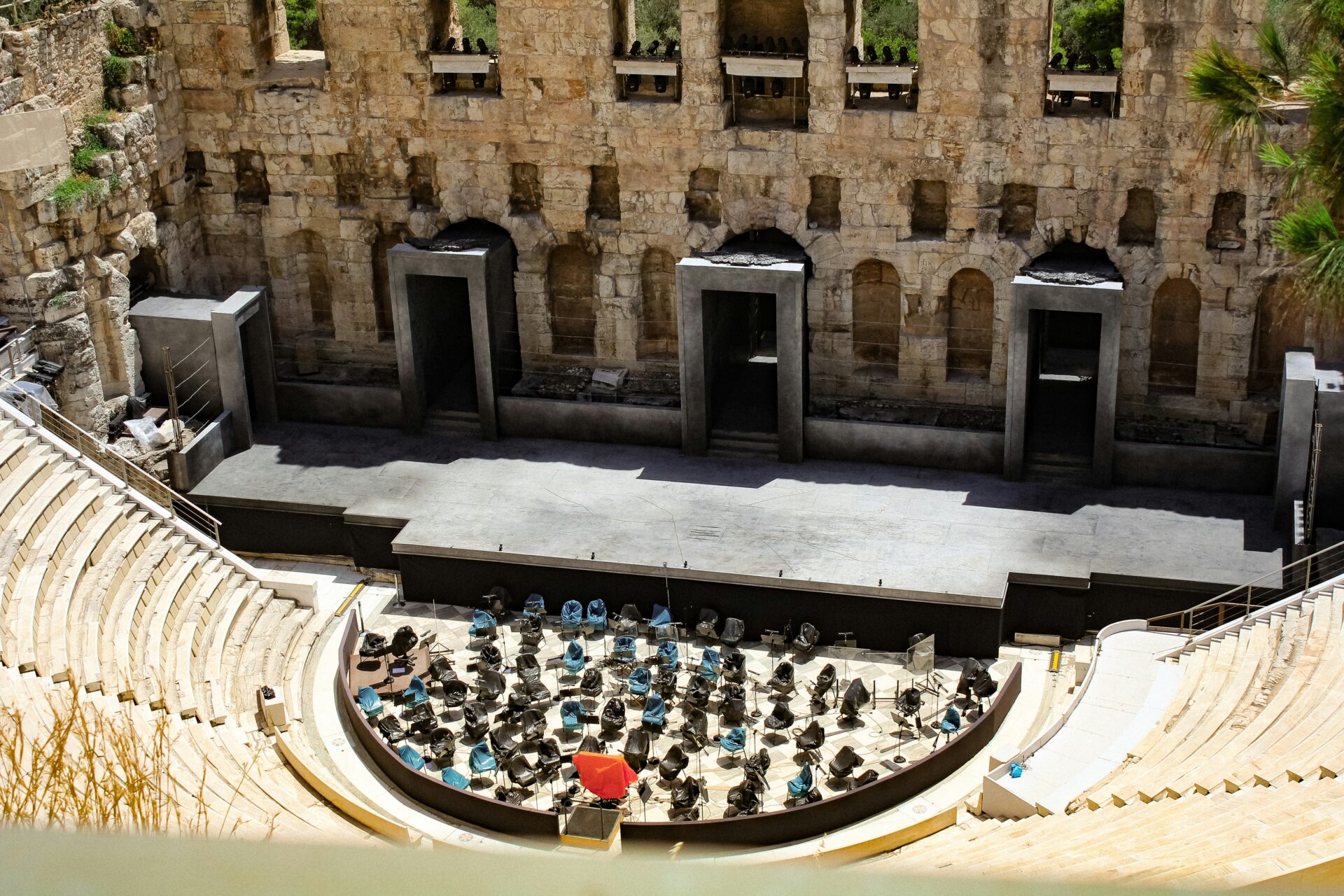
I always wished I could grab a seat at one of those talks, just to soak up the ideas. Poetry, music, and literature weren’t just hobbies—they were the pulse of Athens, making the city’s spirit feel alive even now.
Festivals, Rituals, and City Life Among the Temples
The Acropolis wasn’t always quiet. During religious festivals, crowds filled the steps, singing and dancing.
The Panathenaic Festival, held for Athena, brought music, poetry, sports, and processions right up to the Parthenon. Rituals included everyone, not just priests.
Regular Athenians joined in—carrying offerings, watching musicians play ancient instruments, even children weaving olive branches for decorations.
Life in Athens blended sacred traditions with city excitement. Between the temples, I pictured poets reciting, musicians tuning up, and vendors selling honey cakes while drums echoed in the air.
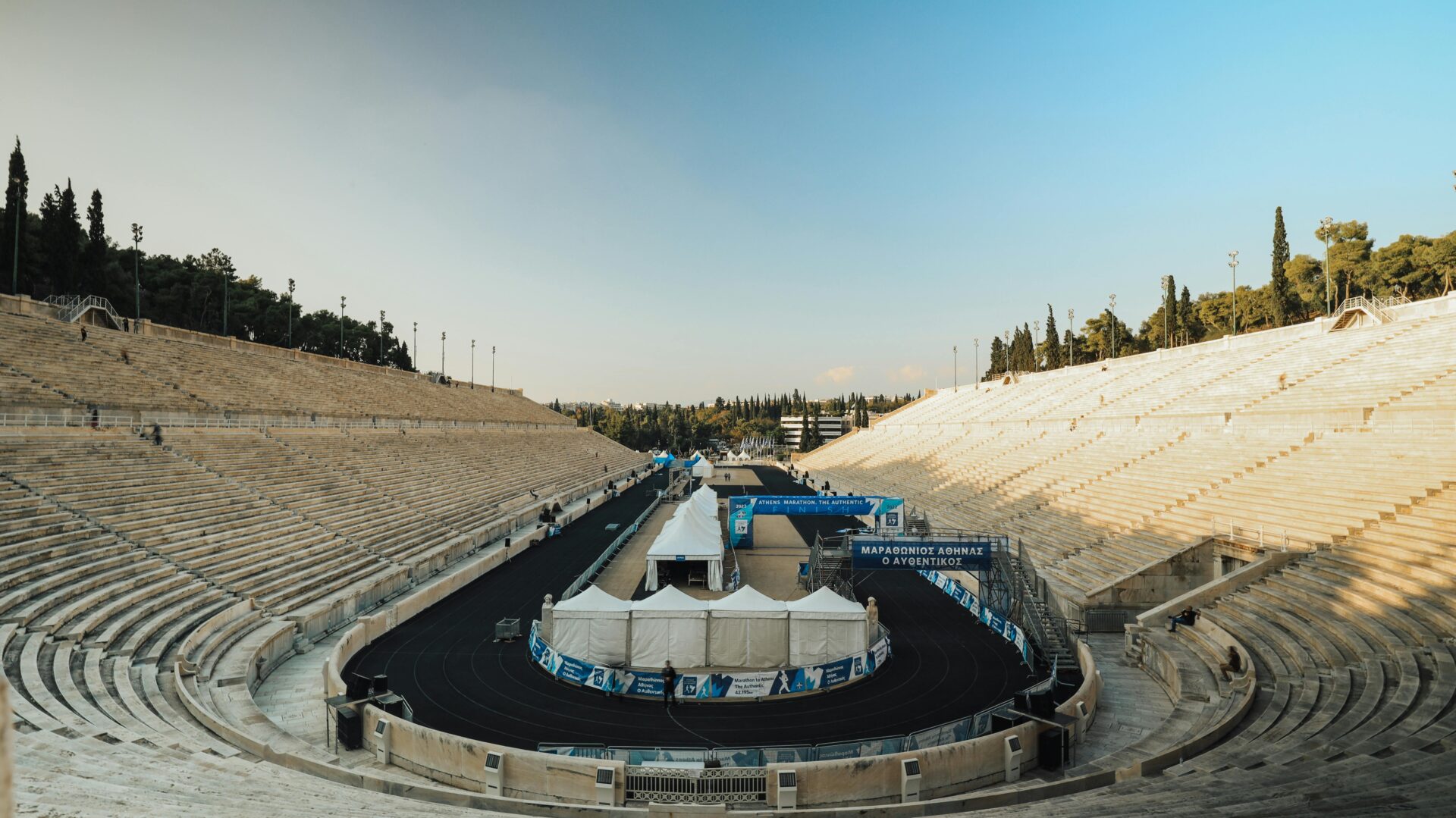
This living culture gave the Acropolis its soul—a spirit you can almost hear in the breeze.
Around the Acropolis: Wandering Through Plaka and Ancient Landmarks
As I wandered around the Acropolis, I found myself weaving through layers of Athens’ history. The tangled alleys of Plaka pulled me deeper into stories behind old temples and local legends—places where marble and myth still shape daily life.
Exploring the Erechtheion: Caryatids and Sacred Legends
The Erechtheion caught my eye, even among Athens’ famous ruins. Just north of the Parthenon, it looked less grand but somehow more mysterious.
The Caryatids—six sculpted women holding up the porch—stopped me in my tracks. Up close, their carved hair and flowing robes felt surprisingly lifelike, even after centuries.
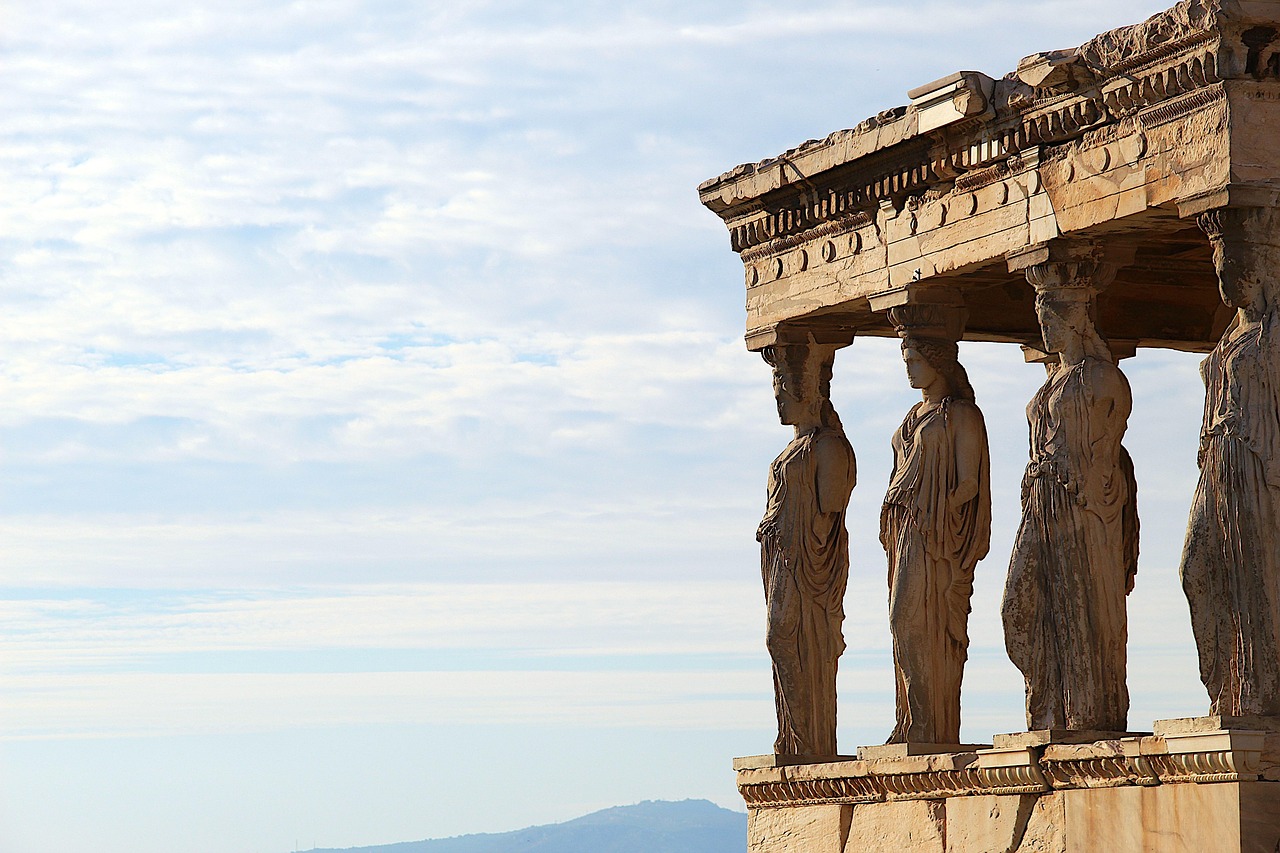
Locals say the Erechtheion once sheltered sacred olive trees, gifts from Athena herself. Ancient Athenians came here for rituals, honoring Athena and Poseidon in the same building.
The temple’s uneven levels seemed to echo the rocky landscape and tangled city history. For me, the sense of ancient worship made this spot feel alive.
Temple of Poseidon and the Allure of Cape Sounion
I took a day trip from Athens to Cape Sounion, where the Temple of Poseidon stands on a cliff over the bright blue Aegean Sea.
The columns gleamed in the sun, with a perfect view of the horizon. It’s windswept and remote—just the kind of place where sailors once stopped to pray for safe journeys.
Standing on those cliffs, I imagined ancient Greeks watching for ships or holding ceremonies for Poseidon. The temple isn’t as crowded as the Acropolis, but it feels just as important.
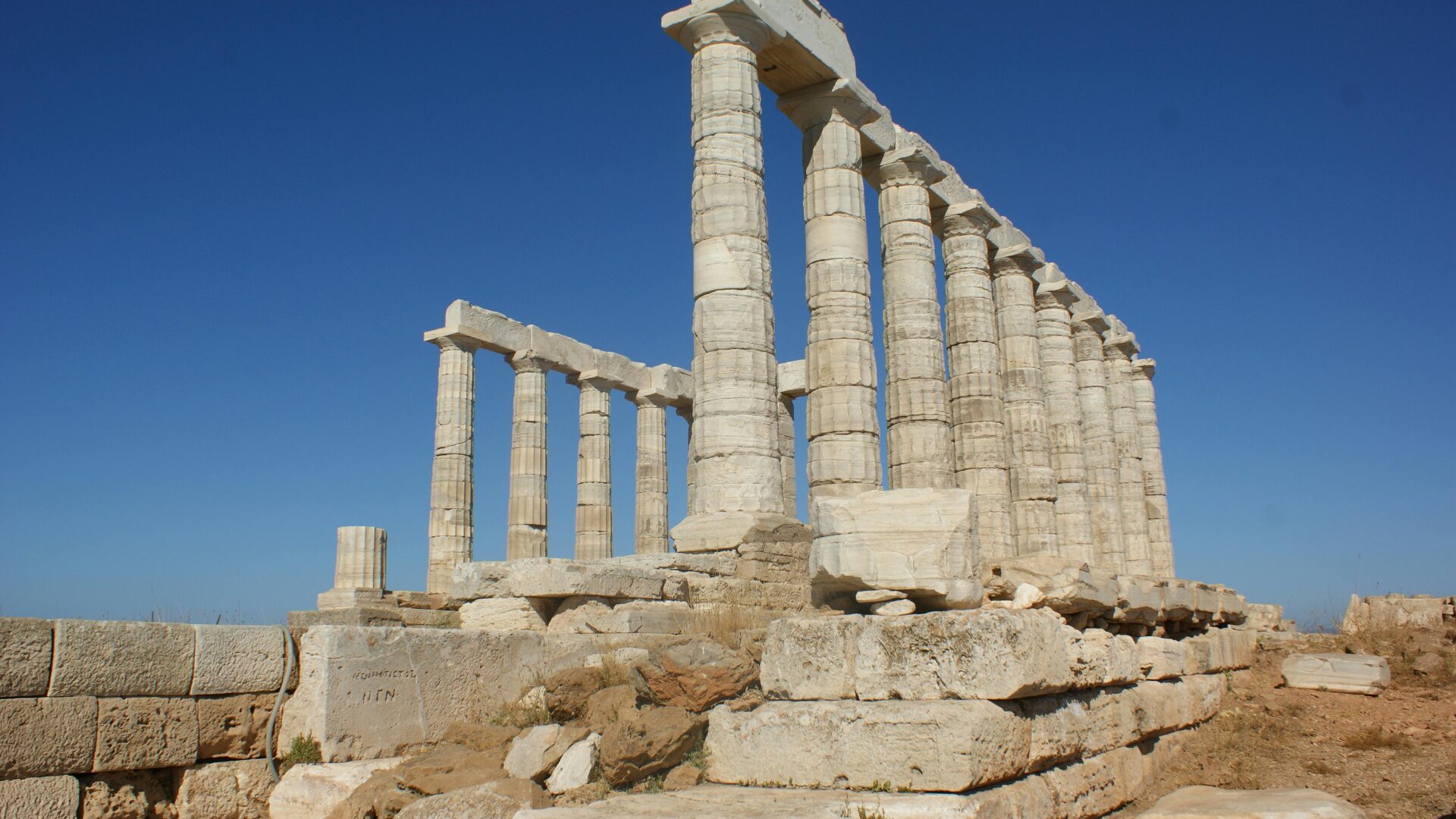
The legends still ride in on the waves. Even though there’s no basilica or market left, the sense of Greece’s long history is easy to feel—especially as the sunset turns the ruins gold.
Reflections and Inspirations: Ancient Secrets in Modern Travels
The Acropolis is so much more than ancient marble and ruins. My time there connected me to stories of longing, creativity, and discovery that stretch way beyond Greece.
Personal Letters and Journals: Chronicle of Desire and Discovery
While I visited, I kept a small journal tucked in my bag. Each night, I wrote letters to friends back home, trying to describe how the sunset turned the Parthenon gold.
Writing helped me notice the details—a carved stone, the warm wind, the way rumors of lost treasures seemed to hang in the air. Many travelers, like me, use journals or heartfelt letters to make sense of the longing the Acropolis stirs up.
That longing isn’t just about history—it’s about escaping daily life and stepping into another world. In my notebook, each page became a map of curiosity and hope, full of sketches and questions for later.
If you go, bring a journal or jot down notes in your phone. These private reflections help you remember not just what you saw, but what you felt—a little gift to your future self.
Athenian Influence: From Artwork to Modern Storytelling
Art and stories inspired by Athens fill galleries and bookstores all over the world. When I finally saw the original site, I got why painters, critics, and writers keep coming back to it.
Standing where ancient Athenians once debated and dreamed, I started sketching. Those sketches later turned into paintings I gave to friends back home.
The Acropolis pops up everywhere—not just in classic paintings, but in modern ebooks, essays, and even in real estate listings for homes with a view of the hill. Some of my favorite travel essays capture more than just the marble’s beauty; they talk about this feeling of potential, a kind of freedom and escape that’s hard to pin down.
While traveling, I noticed tours blending traditional stories with fresh perspectives. They question old interpretations and spark ideas for my own writing.
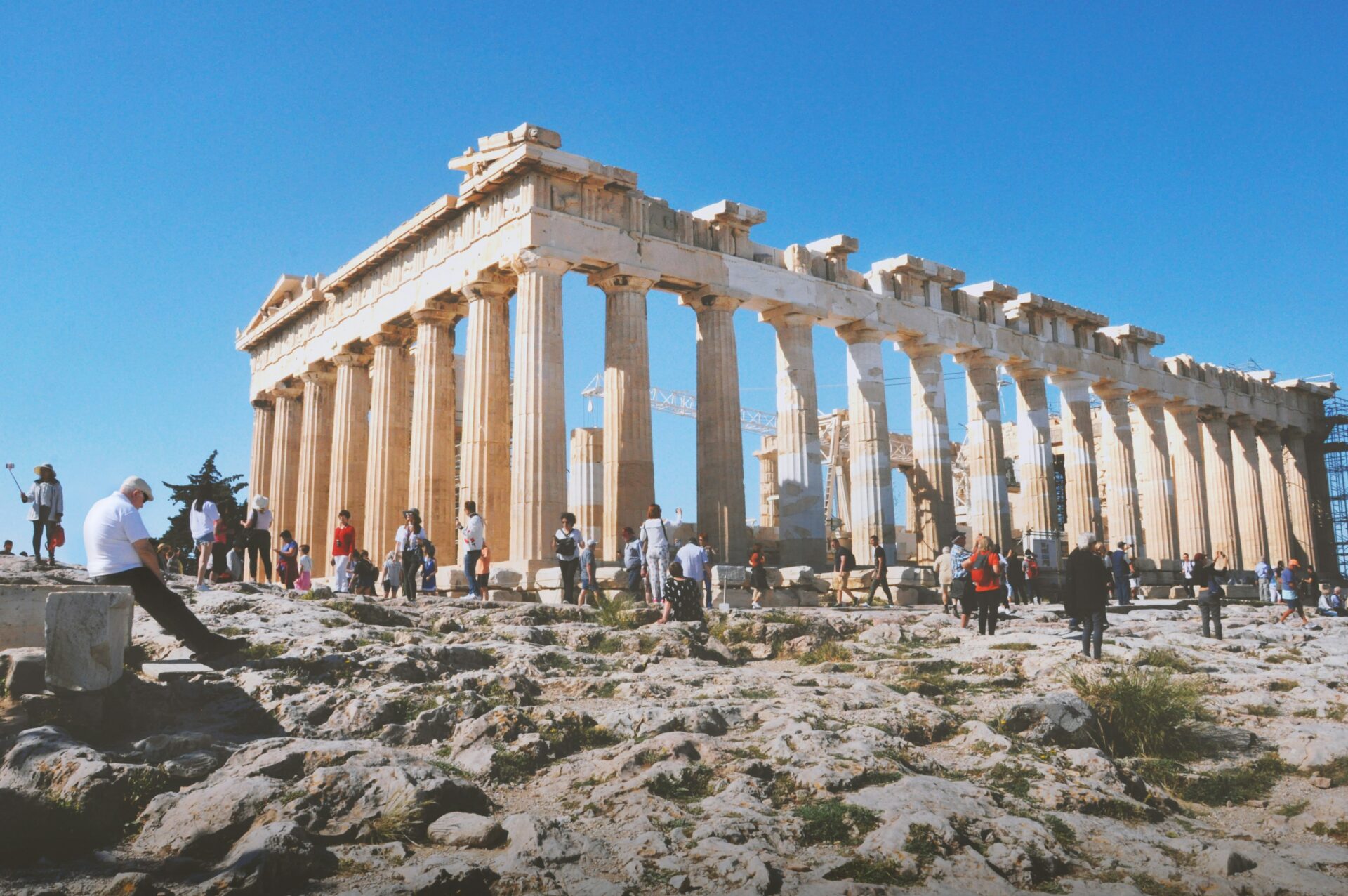
The Acropolis gives me inspiration and feels like a gift. It keeps fueling artwork, conversations, and even personal reviews.
Travel Tips: Experiencing the Genius of the Acropolis Today
If you’re planning a visit, try booking tickets online. That way, you won’t have to deal with those long lines.
Early mornings feel peaceful, almost like you have the place to yourself. Late afternoons? The golden light is perfect for snapping photos or, if you’re into it, painting.
Don’t forget water and a sunhat. Trust me, the sun can be relentless. And wear shoes with some grip—the marble gets pretty slippery.
Take your time at the Acropolis Museum. I love how it shows off personal letters, art, and gifts from all sorts of eras.
Read the labels. They connect ancient property and history with the discoveries people are still making today.

If you want to dig deeper, download some ebooks or travel essays before you go. I’ve found that checking out reviews from other travelers gives me ideas for hidden spots and helps me brace for any surprises.
Every visit feels different. You end up with your own story—a little journal of what you wanted, what inspired you, and whatever you managed to discover.

